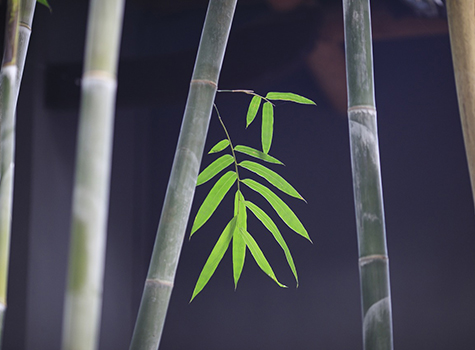
Diaspora of Indians who have migrated and settled abroad practicing, performing, and teaching Bharatha Natyam has made this beautiful dance form globally recognized, admired and adapted. When presented in its purity, this South Indian dance is projected as one of the most subtle, sophisticated, and graceful dance forms in the world.
Popularity of this dance form also has its roots tied to the fabulous and heart touching performances of great gurus of this field. I have to recognize the passion of many parents who want their children to learn this dance form either to fulfil their own childhood dreams or because they hope their children will learn about the epics and the rich Indian culture through dance. Due to the amazing survival of this dance form, irrespective of the changes in repertoire and modes of presentation from time to time and from region to region, the basic principles and techniques of the art remained the same to the present day.
Source:
Let us start with the source of this name. The word “Bharatha” is believed to be composed of the first syllable of its three main elements:
BHA for Bhava – meaning mood/expressions
RA for Raga – meaning melody/tune/song
THA for Thala – meaning rhythmic timing/beat
NATYAM – meaning the combination of both dancing and acting.
It is also known that Sage Bharatha has written the great book Natya Sastra (The great treatise on dramaturgy), describing all aspects of dance. This book includes the basic techniques called Adavus; position of the feet and body; single and double hand gestures called Asamyuktha and Samyuktha hasthas; Shiro Bhedas-or head movements; Drishti Bhedas or eye movements; Bhru Bhedas or eyebow movements; Griva Bhedas or neck movements; Nava rasaa or nine emotions and so on.
Guru Shishya Parampara:
Even in the age of technology, a complicated dance form like this cannot be learned without the careful guidance of a guru. All established dancers themselves will say it starts with the great Gurus being treasure troves of knowledge, not just book learned or theoretical. They had the heritage of a practical methodology and wisdom. They had the ability to be intuitive in their teachings. They were deeply connected with the inner beings of their disciples. They taught more than dancing. They helped us to recognize our inner and outer selves. They taught their students as much by what they said as by what they did not say. They allowed us to nurture and develop our own epistemologies. It is this harmonious blend of relationship between guru and the disciple that renders the transcendent experience in dancing. If you think you can watch a video or a YouTube training video to learn this dance form, I strongly challenge you to compare these dances to the ones taught directly by a knowledgeable guru.
Major styles within Bharatha Natyam:
Due to the historic time periods and its backgrounds, many major styles were developed within this dance form. Some of them are:
Melattur Style – This style is based on expressive acting and spontaneous movements.
Pandanallur Style – This style stresses on deep sitting positions and quite difficult to perform.
Vazhuvoor Style – This style the movements flow smoothly with rare leaps.
Kalakshetra Style – This style has hints of Devadasi style and is the most popular of all styles.
Margam:
A general format was established using a sequence of progressively hard dances to complete an Arangetram or Ranga Pravesham, or as we call it here a “Dance Graduation”.
This repertoire starts with Kauthvam or Alarippu and continues with Jathiswaram, Shabdam, Padam, Keerthanam, Varnam and ends with Thillana.
Music:
The harmonious blend of Carnatic vocal music (South Indian music style) and Bharatha Natyam has occurred as early as 1572 AD. Instruments such as flute, violin, Mridangam (South Indian Drum), Ghatam (clay pot) etc. are used as accompaniments.
Costumes:
Many styles of dance costumes are being introduced through times, such as Padam style or Sari style; pant styles with 2 or three fans; round fans; V-shape fans; side fans etc. The beauty of the costumes is the fan that emphasizes the main aspect of this dance form “squatting” or Mandalam. The best way to keep the fans in place is to use pure silk saris for costumes. These could be Dharmavaram or Kanchivaram saris.
Exponents:
There are so many exponents of this dance form, I am afraid I will not have space to mention them all. If you are doing a research paper for your high school project or a thesis, you must include these renowned dancers. Balasaraswati, Rukmini Devi, Kalanidhi Narayanan, Ram Gopal, Pillai family, Kamala Lakshman, Vyjayathimala, Padma Subrahmanyam, Dhananjayan, C.V. Chandrasekhar and many more. These gurus have propagated this dance form to thousands of disciples across the world.
I hope this article will help you cherish, appreciate and treasure this three-thousand-years old tradition. Many years of practice, grace, speed, versatility and complete mastery of the art are necessary to do full justice to a dance form such as this.
———-
For questions or comments contact Maha via e-mail at: [email protected]
Posted: Monday, December 30, 2019



